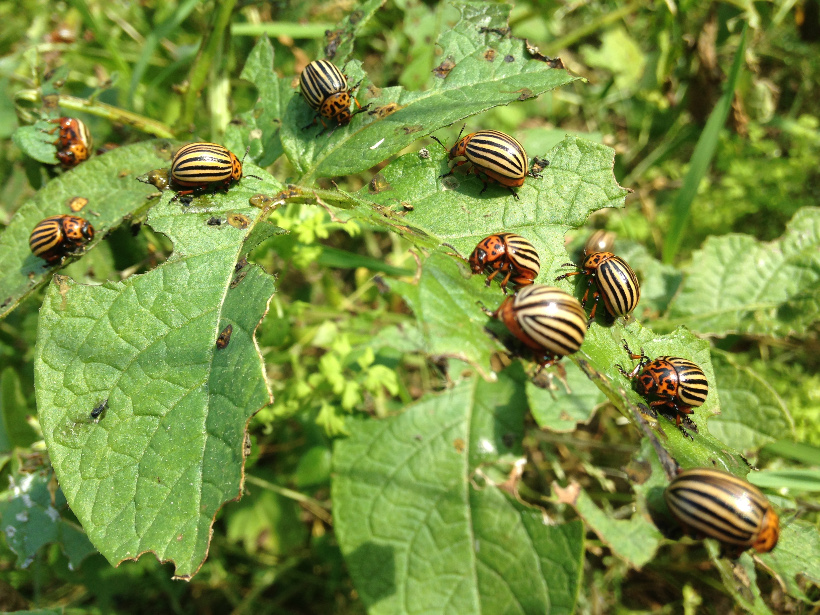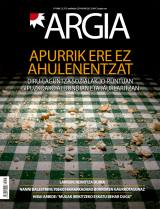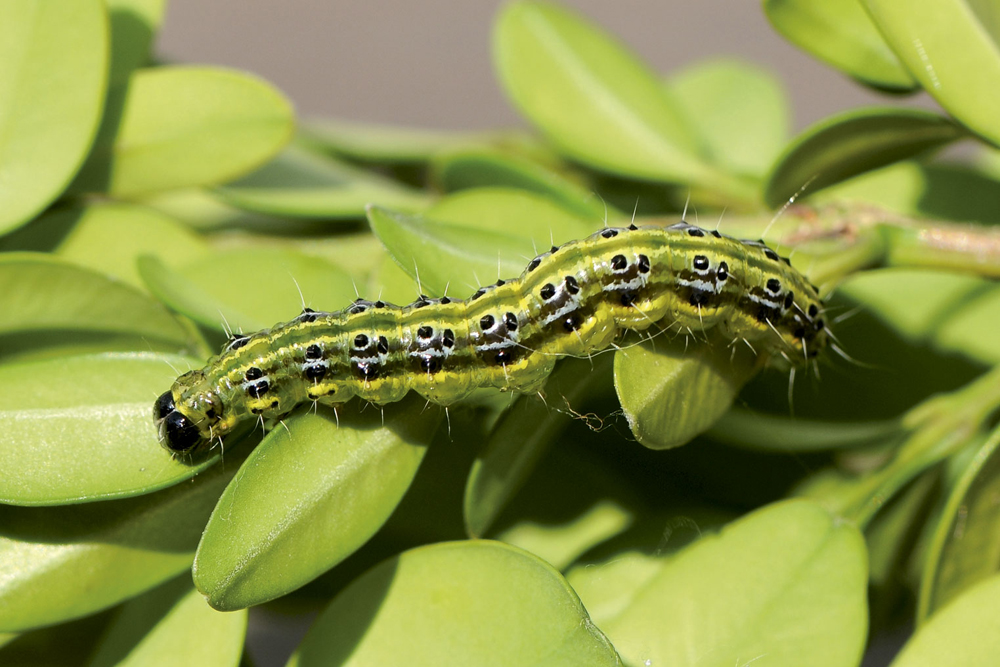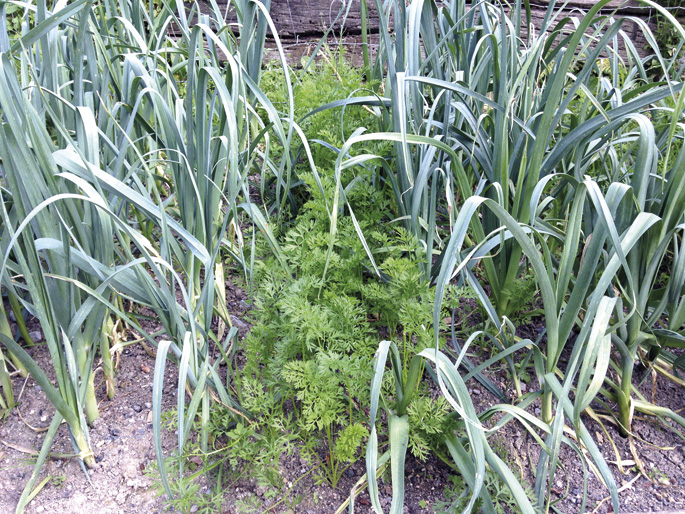Potato Bug War

The potato insect is one of the worst pests in Europe. It looks like a beautiful war. It is an oligophagus, that is, it only eats a few foods: potatoes (Solanum tuberosum), but it also attacks the eggplant (Solanum melongena) and tomato (Solanum lycopersicum) of its relatives. Herbivora, matures like a worm, bites quickly in the opening and closing of eyes the plant, devours the leaf, the flower, the stem, everything.
The potato bug or coconut became known between Colorado and Mexico in the United States in 1824. By the end of the 19th century, it appeared in Germany, but it was easily dominated. He settled in Europe during the First World War, at the military base of the American neighbours of Bordeaux. He lived during World War II: Belgium, Netherlands, Spain... After the war, there was a tremendous plague in East Germany, and there was a rumor that the Americans had spread it by plane. The “communist” countries of the Warsaw Pact, believing it to be a plot of the CIA, carried out an extraordinary campaign in which children were taught how to fight the insect. Two years ago, in the war between Ukraine and Russia, the Ukrainians called the pro-Russians "potato zombies" wearing a black and gold striped tape, Russia's best-known military emblem, with the same appearance as the zombie.
The potato bug is a funny and stubborn insect that adapts to the worst conditions. For example, in the United States in 1949 it was proven that it had developed resistance to insecticide DDT, the first to oppose this terrible venom. That's why it's very difficult to confront him with chemical poisons. By 2015 I was able to chair a total of 55 products. In chemistry, there is also no product that defeats this insect.
But war proves it a lot. We're getting to know the enemies of the bug. A bug of the earth, Lebia grandis, eats the eggs and the worms of the potato bug. And a fungus, called Beauveria bassiana, causes it damage of great magnitude, an increasingly used natural insecticide. To everyone his satisfaction, according to the proverb: “Give the donor, do it to the author.”
Aurten sekula baino har gehiago ikusi dut porruetan (Allium porrum) barrena. Acrolepiopsis assectella izena duen har ttiki txatxu batek porruaren bihotzean zulobidea egiteko ohitura du. Porrua begi bakarreko landarea da; hosto guztiak kimu bakar baten bueltan hazten dira, baita... [+]












